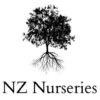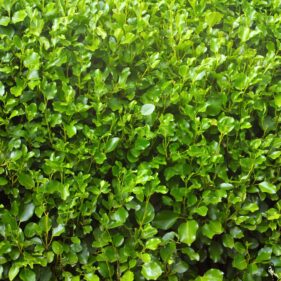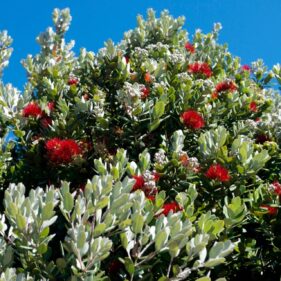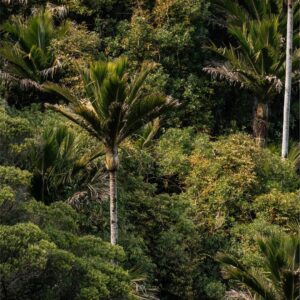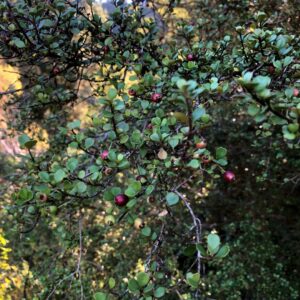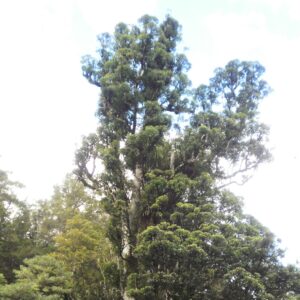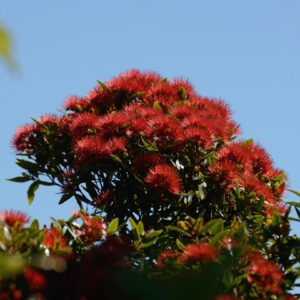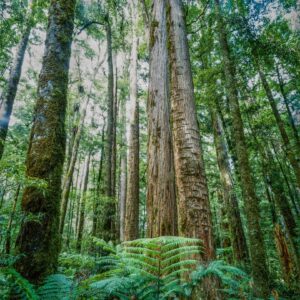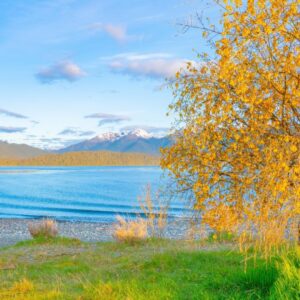Common Name: Pigeonwood – porokaiwhiri
Scientific Name: Dedycarya arborea
Height at Maturity: 12m
Altitude: 0-800m
Time to Maturity: 10-15 years
Growth Rate: Medium / Fast
Habitat/Description: The Pigeonwood general prefers a wet climate and rich soils, occurring throughout the North Island and the top half of the South Island. A quick growing and common tree in the coastal and lowlands forests.
Domesticated Uses: The timber has some strong musical qualities to it. Once beaten with short batons, it can be heard from a surprising far distance! It is also known to cause some poisoning to livestock.
Medicinal Uses: n/a
Forest Uses: n/a
Flowering: December – February
Fruiting/Nectar: March – June
Birds Life: When the fruit are ripe, they are a favourite of the kereru, consuming large numbers and becoming sleepy and slow moving
Planting Instructions: Dig the whole twice as wide as the pot is deep. Remove tree from the pot and loosen the roots up is they are tangles. Place in the hole band back fill leaving a ring of higher dirt to capture rainfall. Ensure ample watering once planted. Mulching around the trunk can help a lot. You could consider a mulching mat, or use bark, pea straw etc. Plant after the last frost!
